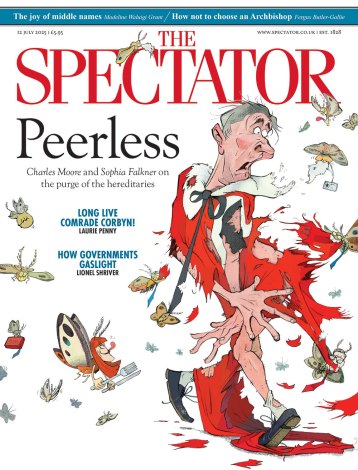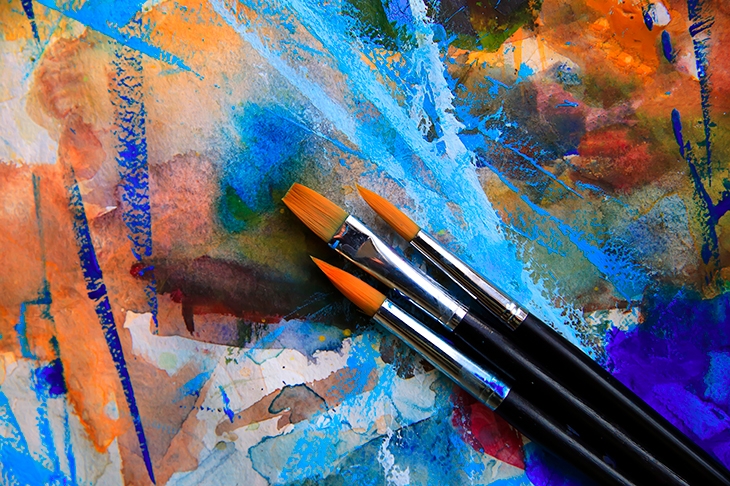The Bank of England has told commercial banks to prepare for the possibility of negative interest rates. This last hypothetical spanner in the toolbox of monetary stimulus — since rates are stuck close to zero anyway and quantitative easing through bond-buying programmes has diminishing effects — sounds weird and worrying but has already been in use in Europe for some time. Its intended effect is to push the commercial banks to lend more to business by penalising them for depositing cash with central banks. But what on earth does it mean for personal savers?
The fact is that all monetary policy since 2008 has been designed to stimulate moribund economies and keep companies alive on a broad front — with collateral impacts on individuals. Small savers have earned below-inflation returns on deposits, while those rich enough to own portfolios of blue-chip shares and bonds have become notionally richer as QE has boosted asset values. If official interest rates do turn negative, deposits might carry zero rates and be charged small fees — akin to the costs of holding gold bullion — but would still be worth keeping in the bank, rather than under the mattress, for the safety of the government’s £85,000 deposit protection scheme.
Beyond holding a rainy-day reserve, however, negative rates would be all the more reason to buy works of art or plots of land, back innovative start-ups or turn yourself into the Bank of Mum and Dad.
Buy and be happy
According to Rightmove, parts of Bristol have seen the biggest house-price rises of the past decade, up by 120 per cent. Perhaps that’s because Bristol’s reputation as ‘the UK’s greenest city’ makes it a magnet for the affluent eco-minded. And perhaps a low ebb of the Scottish oil industry explains why Nairn on the Moray Firth was the worst performer, with a 15 per cent average drop. But if you’re buying now, what matters is what happens next, and the past is an unreliable guide to the future of local house prices, as to so much else. Who knows, the offshore wind boom I wrote about last week could make Nairn the Bristol of the 2030s.
But one thing’s for sure: the biggest influence on the housing market in coming years will be post-pandemic psychology. First, many people (sometimes including me) feel an urge to move for fear of being stuck in Groundhog Day, and would-be first-time buyers, spurred by Rishi Sunak’s stamp duty giveaway, feel an urgency to reach the next stage of their lives. Second, urbanites in airless flats want to move to suburbs with gardens. Third, professionals who no longer need to go to their offices more than once a week want to move from suburbia to open country or small towns that offer a Covid-safer quality of life.
‘Chelsea’s moving to Richmond and Richmond’s moving to Wiltshire,’ an estate agent summarises, rubbing his hands. Rightmove says Norfolk and Cornwall are hot too. But in this millenarian mood, are we in danger of making irrational choices, later to be regretted? ‘A home only ever feels over-priced on the day you buy it,’ another market veteran once told me. My advice is to borrow as much as you comfortably can while mortgages are cheap, buy where you really want to live for a long time, stop thinking about what the place might be worth from one month to the next, and be happy.
Wisdom in few words
John Baring — the 7th Lord Ashburton of the banking dynasty, who died last week — ‘spoke little but was greatly appreciated’. So I was told by one of his colleagues at BP, where Ashburton steadied the ship as the oil giant’s first non-executive chairman after wielding a dagger in the 1992 ousting of the abrasive Bob Horton, the last occupant of both the chair and the chief executive’s desk. If Ashburton’s legacy of ‘calmness and trust’ at BP was clearly positive, his imprint as patriarch of the family merchant bank from 1974 to 1989 was, with hindsight, more mixed: though highly respected in the City, he must forever have regretted the decision to hire a Japanese securities dealing team that grew to be the cuckoo in the Barings nest and nurtured the fraudster Nick Leeson, who ruined the bank in 1995.
Today’s media-trained, big-ego corporate chiefs like to be heard on all manner of subjects. But grandees of Ashburton’s generation were more admired for showing wisdom by saying remarkably little. Morgan Grenfell chairman and wartime naval hero Tim Collins (‘sound judgment expressed in few words’, according to his Telegraph obituary) was another, as was Lord Rockley of Kleinwort Benson (‘When he did speak it was always good sense,’ said a competitor). The technique was disconcerting for journalists, especially on the phone. But in my own experience Ashburton was relatively chatty compared with the grandmaster of the grave pause, the former Hong Kong governor Lord MacLehose, whose silences were so long that I thought the line had been cut off.
Tea with Sir Samuel
One of the wisest men of that same generation — and one of its most loquacious — was Sir Samuel Brittan, the long-serving FT economics columnist who has also died. Both as an early free-marketeer and a humane social liberal, he was often against the tide and always worth reading; Margaret Thatcher certainly thought so. A few years ago, before his faculties began to fade, he invited me to tea in his bookish Kensington bachelor flat. I had heard he liked cakes so took a box of rich and flaky choices from a nearby patisserie. Unfortunately we had picked an afternoon when his neighbours were having noisy building work, so we sat covered with crumbs, cream on our chins, struggling in vain to converse over the drilling. His bon mots, other than some barbs about the then chancellor, George Osborne, were mostly lost. ‘Never mind,’ he said benignly. ‘Come again on a quieter day.’ I’m sad I never did.







Comments